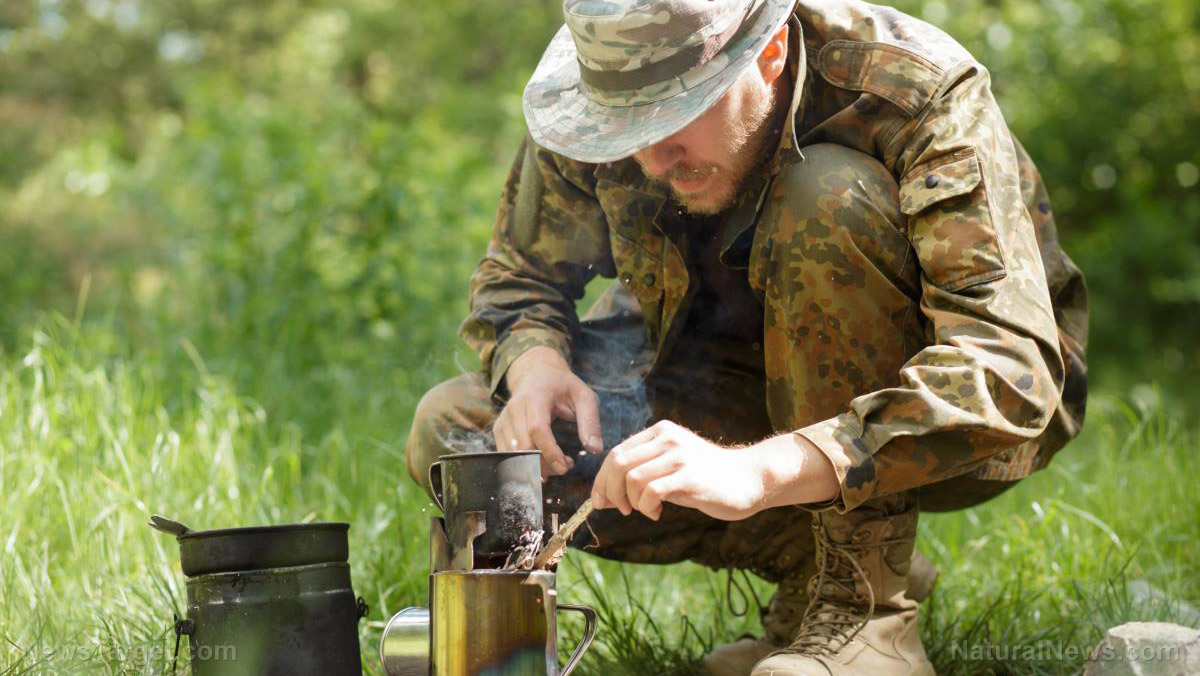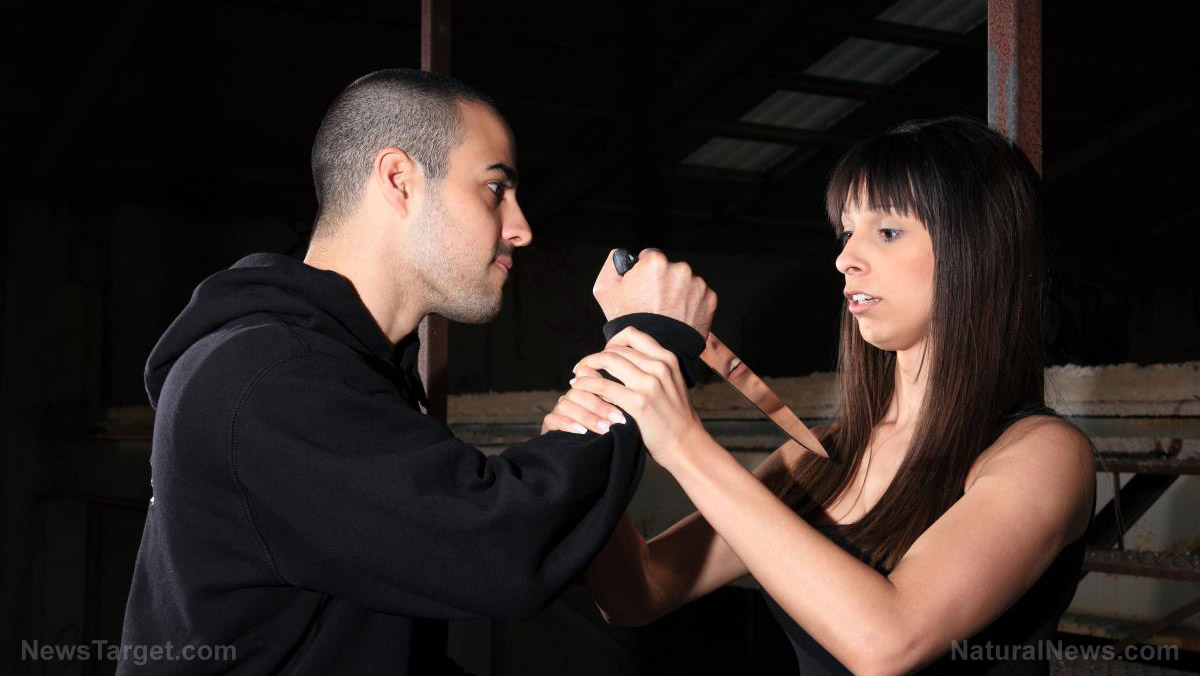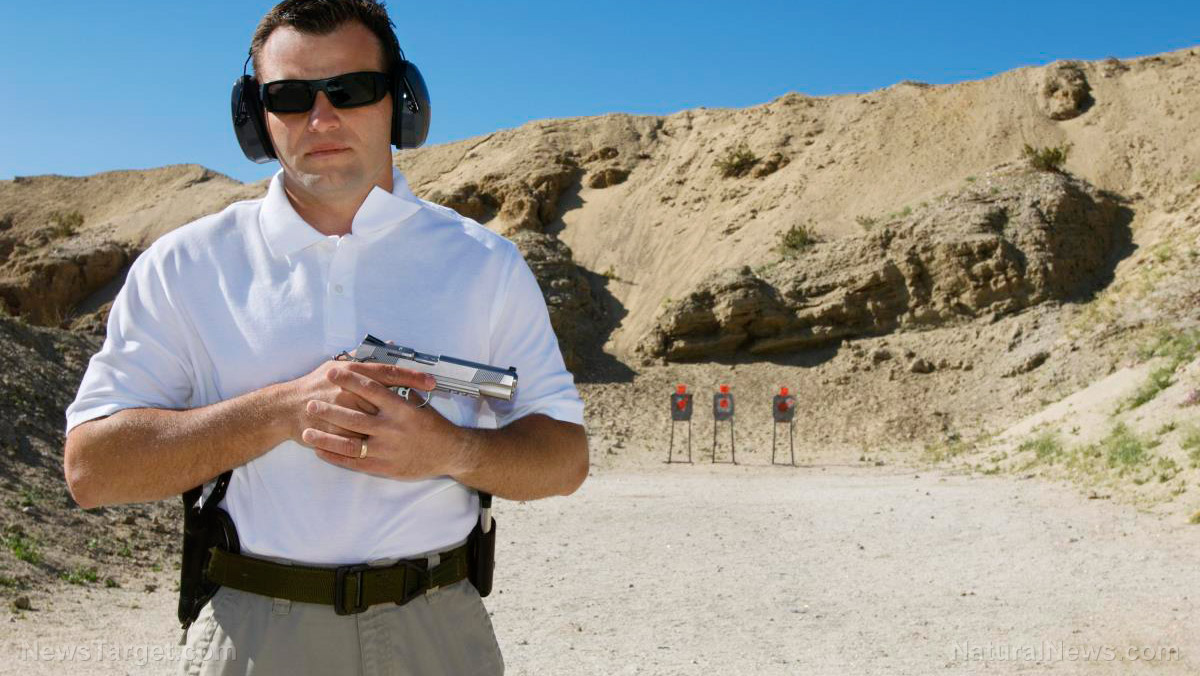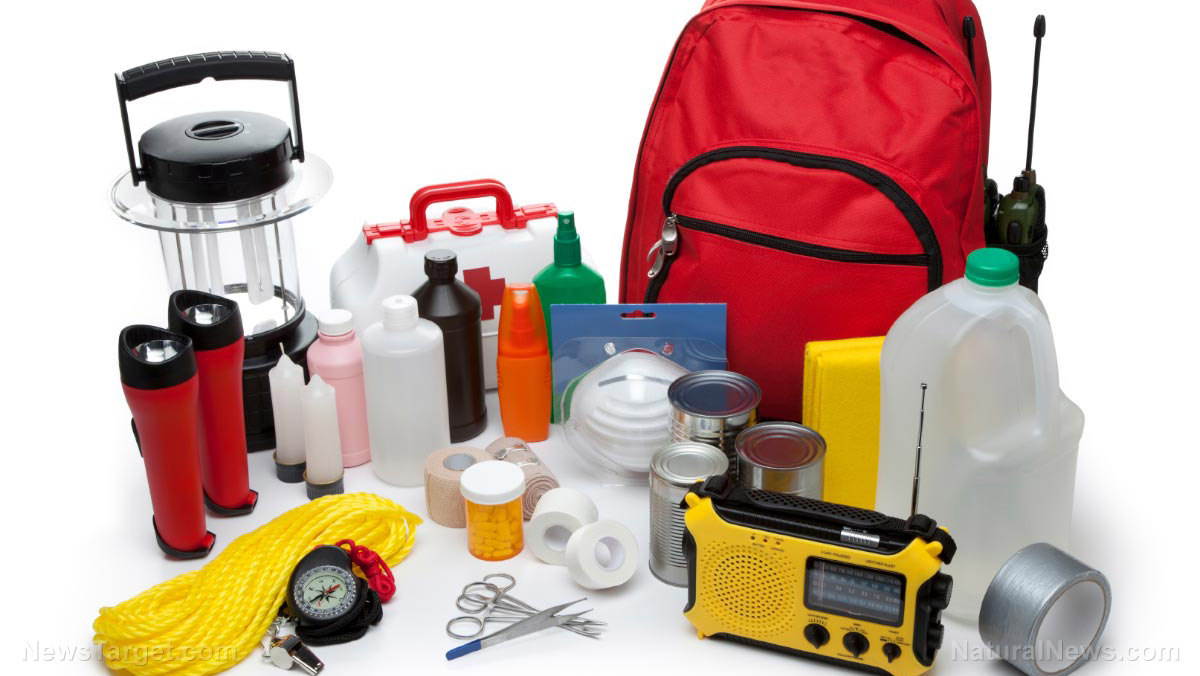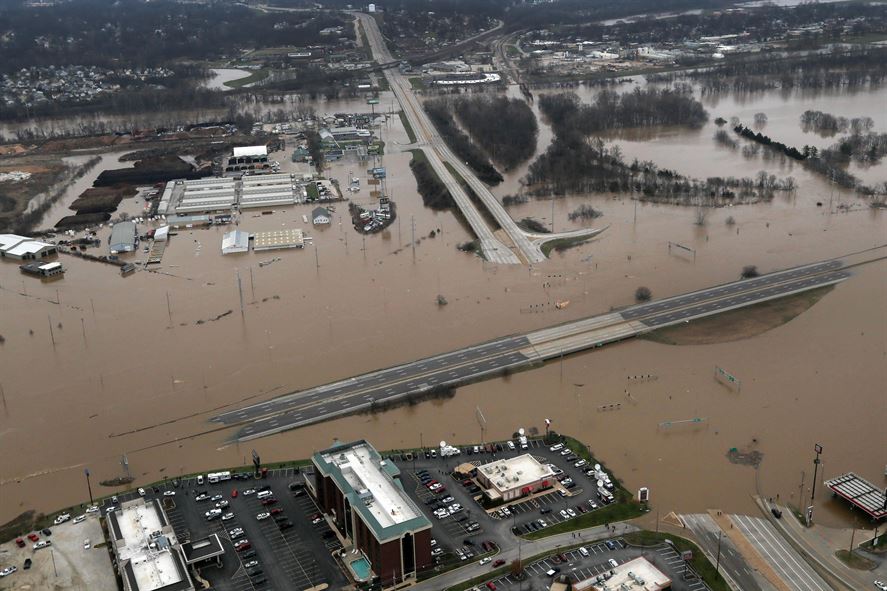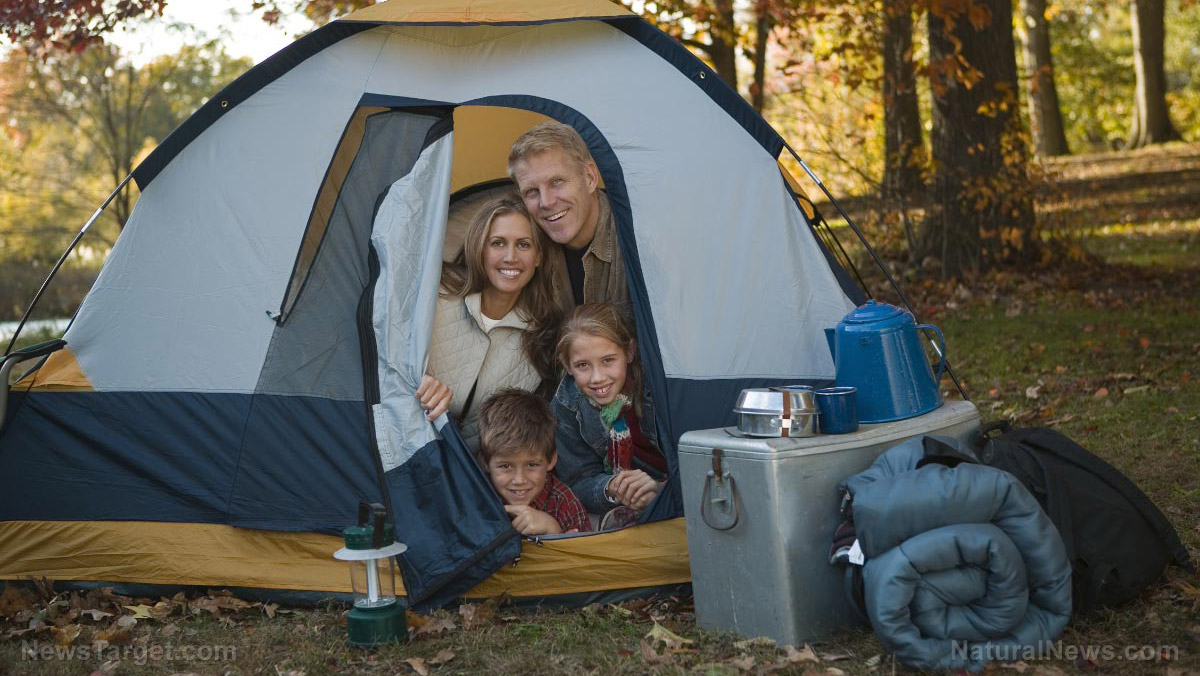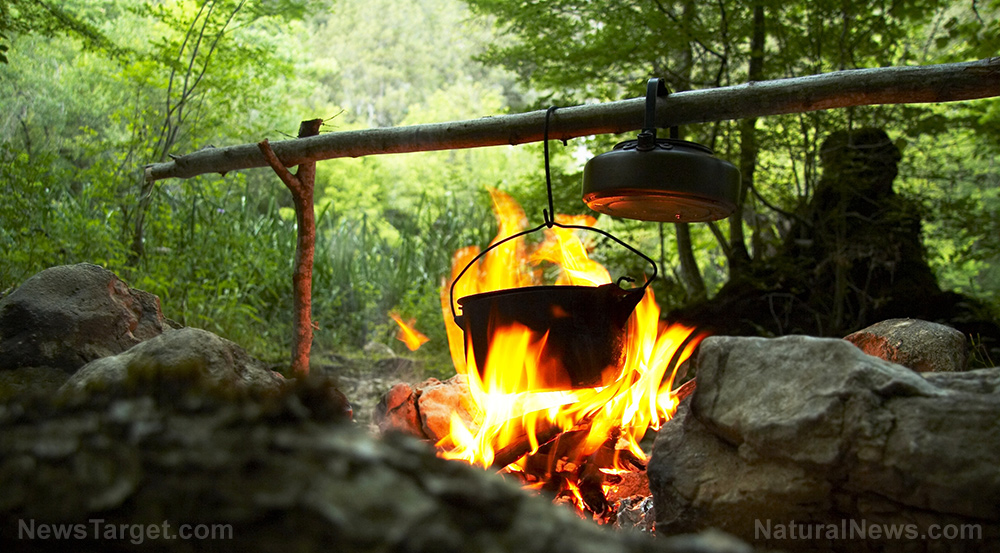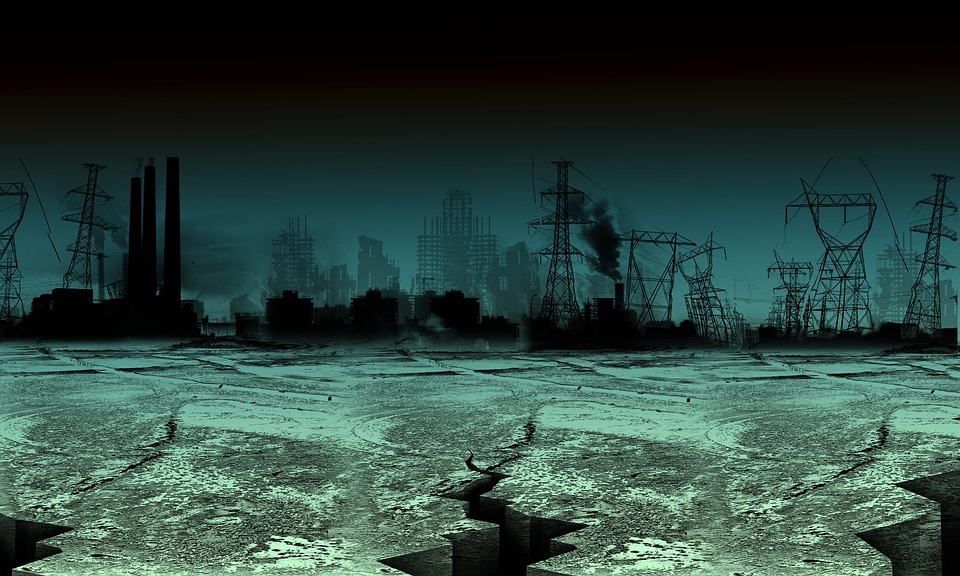Lights burning bright: The pros and cons of handheld flashlights vs headlamps
04/20/2019 / By Zoey Sky
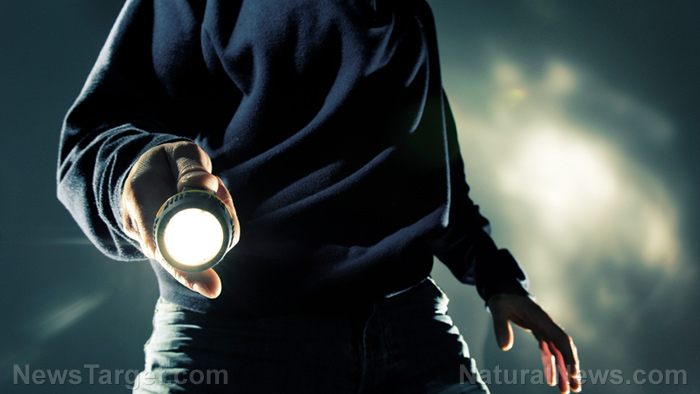
Gone are the days when you used to rely on clunky and unwieldy flashlights that only gave off a weak yellow beam of light. These days, most hikers prefer hands-free headlamps, but other preppers still swear by modern and brighter hand-held flashlights or tactical flashlights. But which light source should you have in your bug-out bag (BOB) or Everyday Carry kit (EDC kit)? (h/t to ModernSurvivalBlog.com)
Hands-free headlamps
Headlamps are convenient, especially since you can just strap them onto your head and use both hands, which is useful when you’re setting up things at home or outdoors.
Here are other reasons to keep headlamps in your camping or survival gear.
- They make it easier to work on projects, even at night. You’ll need a headlamp if you need to work on your car while it’s getting dark.
- They’re useful if you’re walking or hiking after sunset. Unlike a flashlight, a headlamp is better when you need to walk or hike when the sun’s setting down. You’ll need both hands for balance and support.
- It’s easier to set up camp with a headlamp. This is another thing that requires both hands, which can be harder to do if you’re using a flashlight at night.
They may be useful, but headlamps also have several cons.
- Headlamps may annoy other people. When you lose power at home, the last thing you need is an annoying light shining directly into your eyes.
- Headlamps are not suited for tactical operations. The light from a headlamp will follow the direction of your head. But tactically, you need that light in your hands for better directional control.
- Headlamps don’t have a “Super Bright” feature. Modern headlamps are very bright, but they’re not as bright as flashlights designed for high brightness (lumens).
- Headlamps can get uncomfortable if you wear them for too long. You may have trouble wearing a headlamp, especially if you’re not used to wearing one for several hours on end.
Handheld flashlights
Below are several reasons to keep flashlights at home and in your camping gear.
Sponsored solution from the Health Ranger Store: The Big Berkey water filter removes almost 100% of all contaminants using only the power of gravity (no electricity needed, works completely off-grid). Widely consider the ultimate "survival" water filter, the Big Berkey is made of stainless steel and has been laboratory verified for high-efficiency removal of heavy metals by CWC Labs, with tests personally conducted by Mike Adams. Explore more here.
- Flashlights don’t shine in the eyes of whoever you’re talking to. Simply turn off your flashlight if you want to talk to someone without annoying them.
- Tactical flashlights are better in a tactical situation than a headlamp. A tactical flashlight also has other useful features like a rear push-button or momentary.
- Some flashlights are equipped with powerful batteries and LED bulbs. When SHTF, you can even balance a flashlight on its rear end to point it to the ceiling or a flat surface for a makeshift lamp.
Flashlights also have cons.
- You may drop flashlights that don’t have a wrist strap. If a flashlight isn’t sturdy, it’ll probably be wrecked once it’s dropped.
- Bulkier flashlights can tire you out if you need to use them for a long time. To avoid this, use modern, lighter flashlights with smaller batteries.
Do you need a headlamp or a flashlight?
It’s best to have a headlamp or flashlight, or both, at home and in your survival gear. However, if you need just one, decide based on the pros and cons listed above and your specific needs.
Ideally, headlamps are perfect for a survival kit. They’re compact and convenient. Meanwhile, flashlights are useful at home, especially when the power goes out. Tactical flashlights can also be mounted on certain firearms. (Related: Prepping for the unexpected on the go: 10 must-haves for your glove box.)
If you’re looking for a headlamp, consider these useful features.
- Buy a headlamp with at least three brightness settings so you have usability options. Brightness settings may also affect battery life.
- Get a headlamp that’s compatible with common batteries like AA or AAA batteries.
- Check if the headlamp has an adjustable angle tilt.
- Some headlamps are waterproof, which can be useful if you’re always camping or hiking.
Consider these pros and cons to determine if you need a flashlight or headlamp in your survival gear.
Sources include:
Tagged Under: bug out, bugging out, Collapse, disaster, EDC kit, EDC kit items, emergency preparedness, everyday carry kit, flashlights, Gear, handheld flashlights, head lamps, headlamps, headlights, multipurpose survival tools, off grid, prepping, prepping tips, SHTF, survival, survival gear, Survival Tips, survival tools

